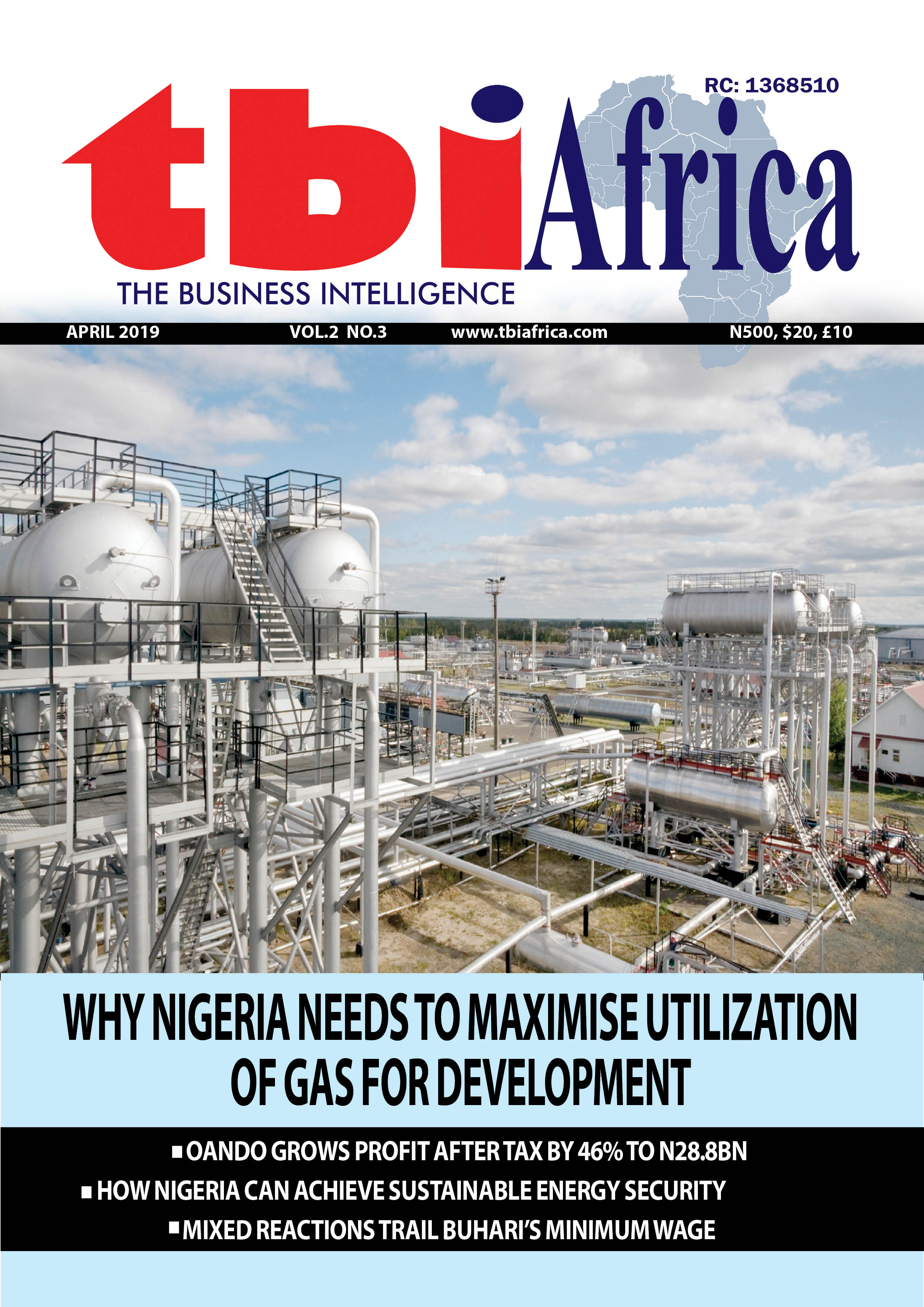Photo caption: EIA logo
*Energy Secretary Chris Wright disagrees with the EIA’s projection of a 2026 production dip, arguing that market dynamics don’t support a significant decline.
*The EIA cited weak oil prices and maturing shale plays as reasons for its forecast, though Wright emphasizes policy-driven cost reductions aiding drillers.
*While smaller shale producers may face pressure, supermajors like Exxon and ConocoPhillips remain steady, with the Permian Basin standing out as the most productive.
Energy Secretary Chris Wright does not expect U.S. crude oil production to decline in 2026, although the Energy Information Administration forecast such a development.
“That is a projection — we don’t know what’s going to happen next year,” Wright told Bloomberg in an interview. “We have seen weak prices for a few months, and if prices are too low for an economic incentive, you’ll see some drilling reduce on the margin. I think it’s unlikely you’ll see enough reduction to actually see a decline in production next year.”
The Energy Information Administration said earlier this week it expected oil production in the U.S. to decline from 13.5 million barrels daily in the second quarter of this year to 13.3 million barrels daily in 2026 as shale oil peaks. The authority cited weak oil prices as one reason for the expected decline, while some industry executives have pointed to the exhaustion of low-cost shale deposits as a driver of the potential future decline.
Bloomberg noted in its report that shale drillers have been laying off workers and cutting the number of drilling rigs in the patch but Wright said that “This administration is making it lower cost for them to drill wells and therefore a lower threshold at which they would start to pull back activity.”
The most vulnerable players in the shale patch are smaller independents. Supermajors such as Exxon, Chevron, and ConocoPhillips are in a business-as-usual mode, yet some of them have already said that the peak in U.S. oil production is being accelerated and could come sooner than previously expected.
“As you know that most of the shale basins now have either plateaued or are starting to decline, except for the Permian,” Occidental’s Vicki Hollub said on the company’s Q1 call.
Conoco’s Ryan Lance, for his part, said that at $60 per barrel, “the folks that don’t have the kind of cost of supply sitting in their portfolio are going to find themselves cash-strapped and returns-strapped.”
=== Oilprice.com ===



